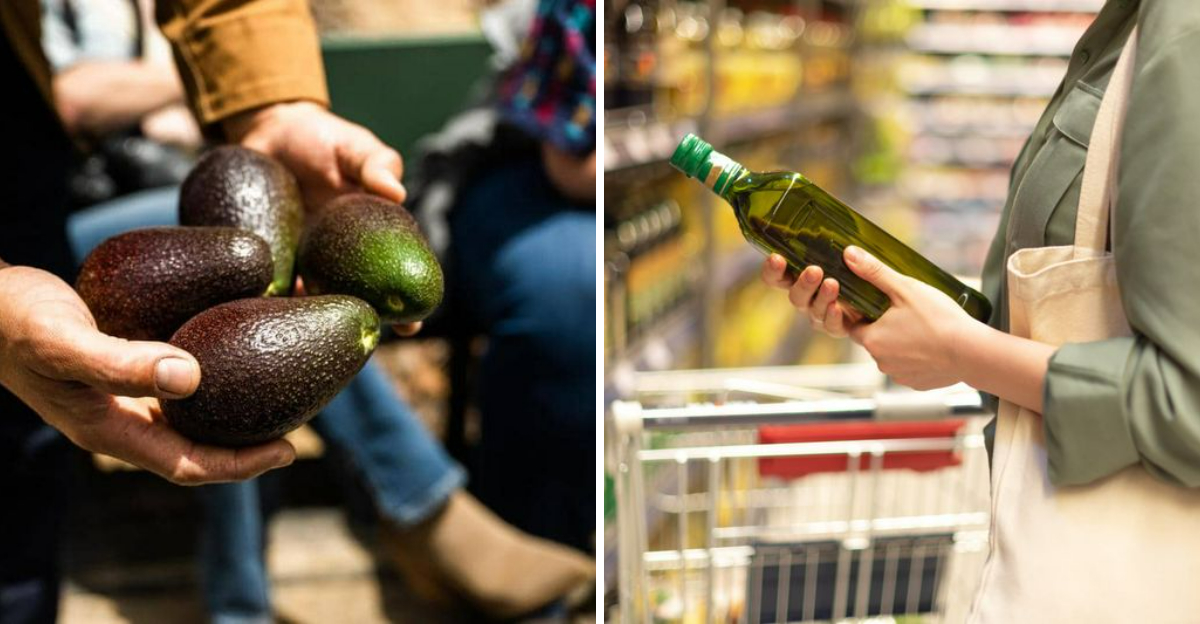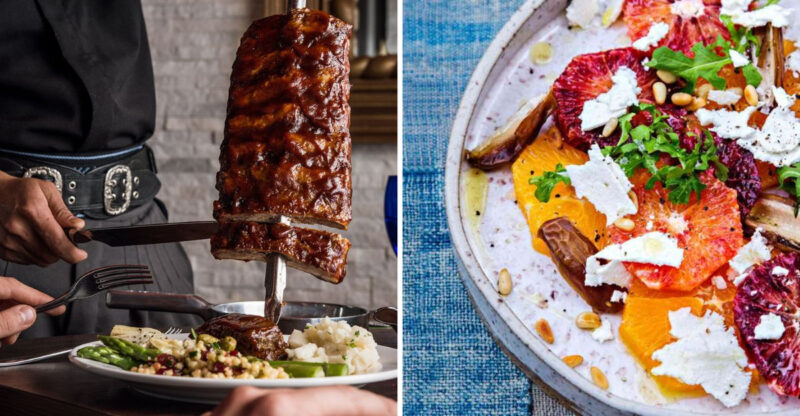Weirdly Expensive Foods In California That Used To Be Dirt Cheap

Remember when you could grab your favorite snacks without emptying your wallet? California has seen some wild price changes over the years. Foods that used to cost pennies now require serious budgeting.
I want to show you twelve items that went from affordable staples to luxury purchases.
1. Almonds
California grows most of America’s almonds, but that doesn’t mean they’re cheap anymore. Families used to snack on them without thinking twice about the cost.
Drought conditions changed everything for almond farmers. These trees need tons of water, and California’s dry spells made production expensive. Export demand from around the world drove prices even higher.
What once filled your lunchbox as an affordable protein source now costs a small fortune at the grocery store.
2. Strawberries
Sweet, juicy strawberries used to be summer’s affordable treat. California fields produced so many that prices stayed low for decades.
Labor costs shot up as farming became more regulated and workers demanded fair wages. Pesticide restrictions and organic farming practices added extra expenses too. Transportation and refrigeration costs climbed alongside fuel prices.
That carton you grab at the store now costs triple what your parents paid. Growing them sustainably means paying premium prices for this beloved berry.
3. Artichokes
Castroville calls itself the artichoke capital, yet prices have gone through the roof. These thistle vegetables were once dinner table regulars that nobody worried about affording.
Specialized harvesting requires skilled workers who command higher wages now. Water scarcity hit artichoke farms hard since they need consistent moisture. Fewer farmers want to grow them because profits are tight.
I remember when families could buy several for a dollar. Today, a single artichoke can cost more than an entire meal used to.
4. Walnuts
Walnut orchards thrived in California’s climate for generations. Families bought them by the sack for baking and snacking throughout winter months.
Export markets discovered California walnuts, and suddenly domestic prices climbed. Water restrictions hurt production since walnut trees are thirsty plants. Harvest mechanization required expensive equipment that small farmers couldn’t afford.
Your holiday baking now costs significantly more because of walnut prices. What was once an everyday ingredient became something you buy sparingly or save for special occasions only.
5. Citrus Fruits
Orange groves once covered California, making citrus incredibly affordable. Backyard trees gave families free fruit for months.
Urban development replaced many orchards with housing developments. Disease outbreaks like citrus greening threatened remaining groves, forcing expensive treatment programs. Labor shortages meant harvest costs doubled or tripled.
That bag of oranges your grandparents bought for pocket change now requires careful budget planning. Lemons and grapefruits followed the same expensive trend, turning simple fruit into a luxury purchase for many households.
6. Olive Oil
California olive oil was once the affordable alternative to imported varieties. Local production kept prices reasonable and quality high.
Boutique farming transformed olives into a gourmet product. Small-batch producers charge premium prices for artisanal oils. Drought conditions reduced yields while increasing irrigation costs significantly.
Competition from cheaper imports couldn’t keep California prices down. What used to be a pantry staple now sits on shelves as a specialty item. You’ll pay restaurant prices for bottles that once cost less than milk.
7. Avocados
Your breakfast toast just got a whole lot pricier. Back in the day, avocados were everywhere in California, and families could buy bags of them for next to nothing.
Now you might pay five dollars or more for just a few. Water shortages and growing demand turned this creamy fruit into a status symbol. Climate issues have made farming them harder too.
What was once a backyard staple became a premium ingredient that makes your brunch bill skyrocket.
8. Garlic
Gilroy made California the garlic capital of America. Bulbs were so cheap that cooks used them freely in every recipe imaginable.
Chinese imports flooded the market but quality concerns brought shoppers back to local garlic. Growing it requires intensive labor that became more expensive over time. Organic certification and sustainable farming added costs that get passed to you.
A pound of California garlic now costs what an entire week’s groceries used to. This humble seasoning became a premium ingredient almost overnight.
9. Pistachios
California produces nearly all American pistachios, but affordability disappeared years ago. These green nuts were affordable movie snacks and party treats.
Premium marketing positioned them as luxury items rather than everyday food. Drought years reduced harvests while global demand exploded. Processing costs increased with stricter food safety regulations.
A small bag now costs what a pound used to. You’ll think twice before adding them to your shopping cart. The price jump transformed pistachios from casual snacking to occasional indulgence for most families.
10. Heirloom Tomatoes
Backyard gardens used to overflow with tomatoes every summer. Heirloom varieties were just called tomatoes back then, nothing fancy about them.
Foodies discovered these old varieties and suddenly they became trendy. Farmers markets charge restaurant prices for what grandparents grew for free. Lower yields and delicate handling requirements justify the premium costs.
You might pay eight dollars per pound now for tomatoes that taste like childhood. Commercial varieties stay cheap, but authentic heirloom flavors come with serious price tags attached.
11. Dungeness Crab
Coastal families ate Dungeness crab regularly without breaking the bank. California waters produced abundant catches that kept prices accessible for everyone.
Ocean warming changed migration patterns and reduced populations dramatically. Shorter fishing seasons and stricter quotas limited supply while demand stayed high. Commercial fishing costs rose with fuel prices and equipment regulations.
What used to be a weeknight dinner became a special occasion splurge. You’ll pay top dollar for crab that was once considered working-class food along the California coast.
12. Honey
California beekeepers produced honey so abundantly that prices stayed low for decades. Every pantry had a jar for sweetening tea or spreading on toast.
Colony collapse disorder devastated bee populations across the state. Producing honey became more expensive as beekeepers fought to keep hives healthy. Organic and single-source varieties commanded premium prices from health-conscious shoppers.
A jar of local honey now costs more than fancy jam. What was once the cheapest sweetener available became a gourmet product with prices to match the new image.






